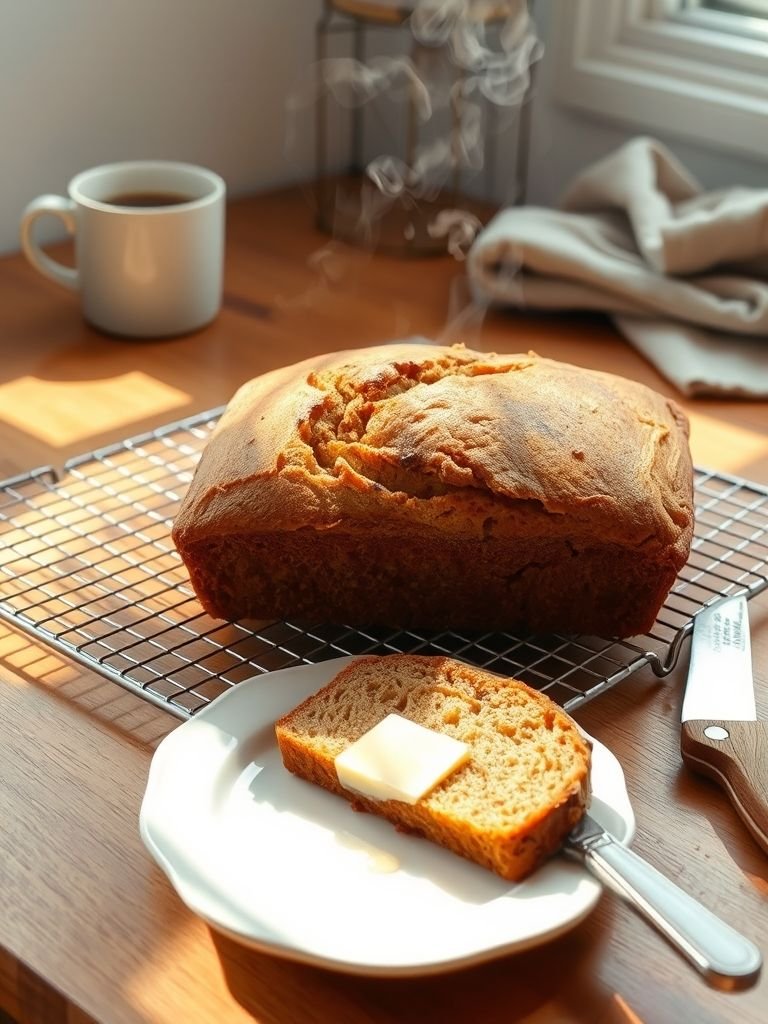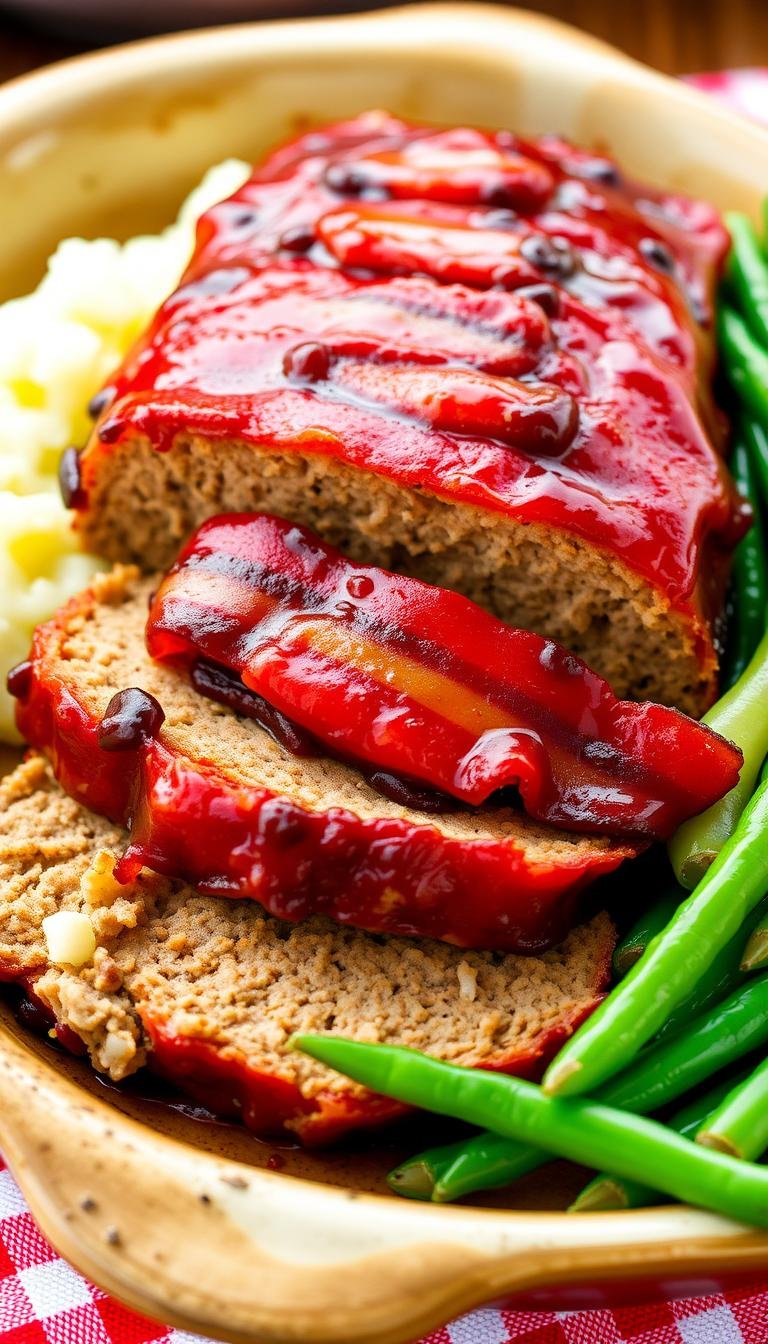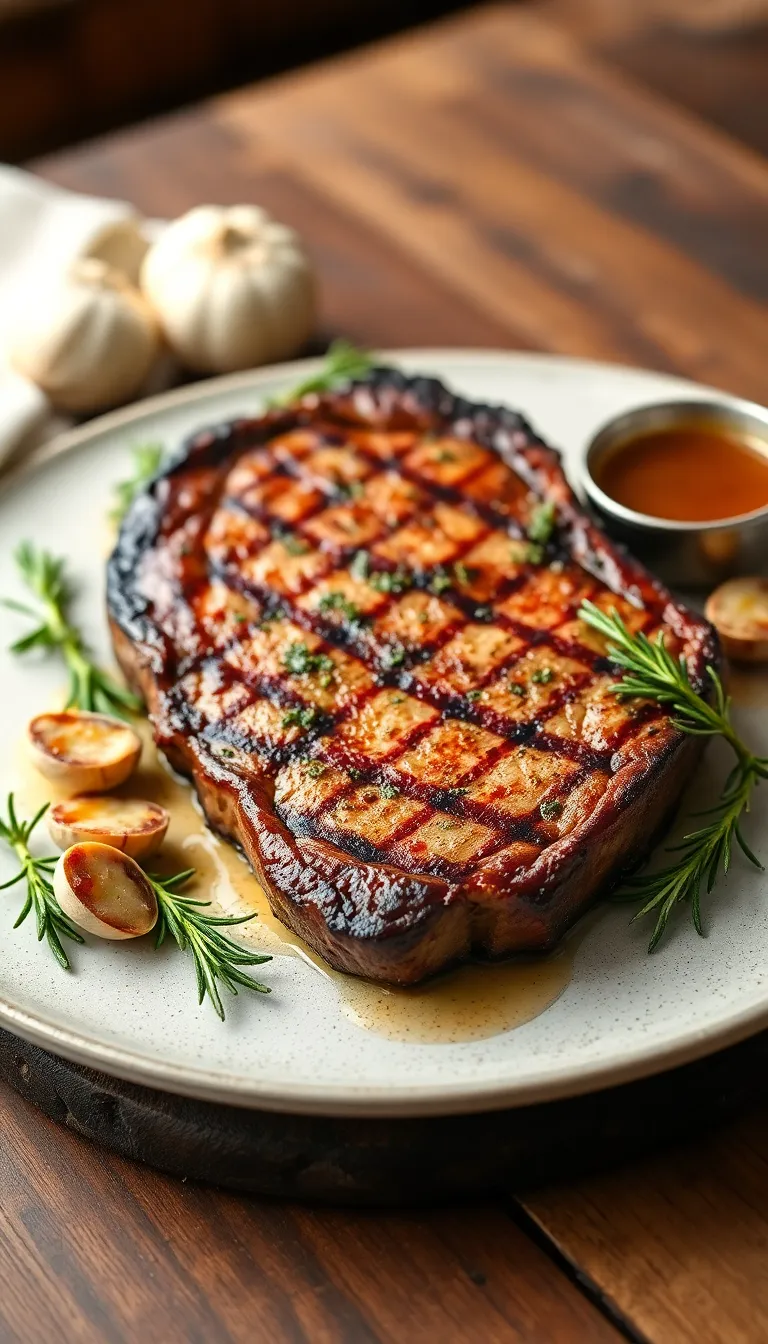Brioche Bread Recipe: The Ultimate Soft and Buttery Homemade Bread
If you’ve ever bitten into a piece of freshly baked brioche bread, you know it’s a slice of heaven. Soft, buttery, slightly sweet, and perfectly fluffy—brioche is a French classic that’s ideal for breakfast, brunch, or even dessert. Whether you’re new to baking or a seasoned home baker, this brioche bread recipe will guide you step by step to achieve bakery-quality results in your own kitchen.
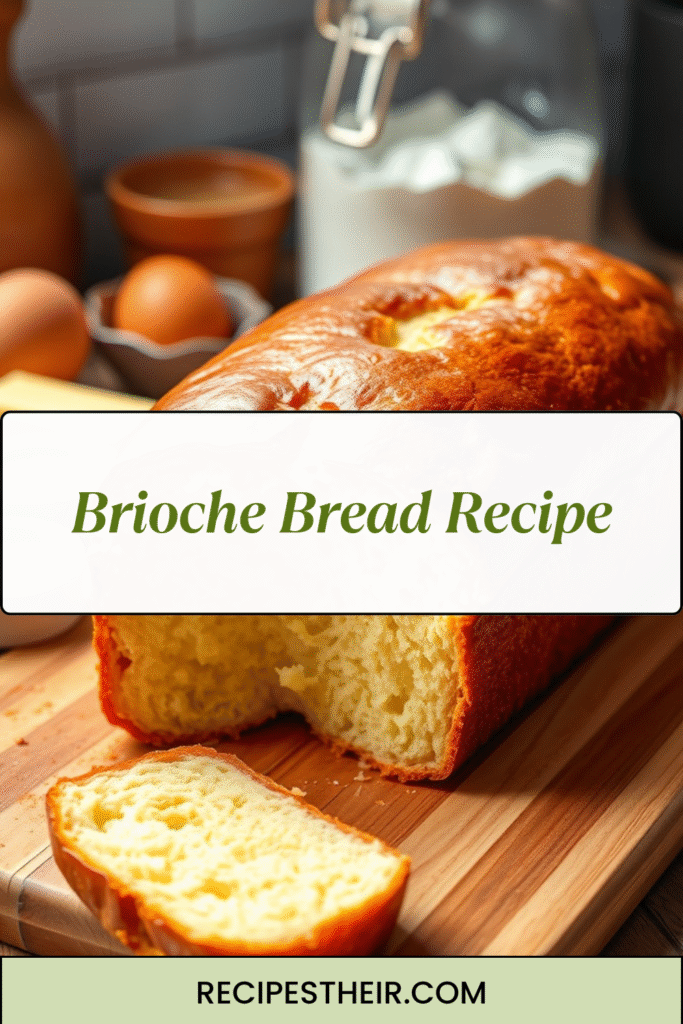
What is Brioche Bread?
Brioche is a traditional French bread that sits somewhere between bread and pastry. Unlike standard bread, which is lean and simple, brioche is rich in butter, eggs, and sugar, giving it a tender crumb and golden crust. The dough is slightly sticky and requires kneading, resting, and often a bit of patience, but the results are worth every minute.
Brioche is versatile: it can be shaped into buns, loaves, or even braided into elegant shapes. Some popular variations include brioche à tête (small buns with a “head”), braided loaves, and sweet brioche with chocolate chips or dried fruits.
Ingredients You’ll Need for Brioche Bread Recipe
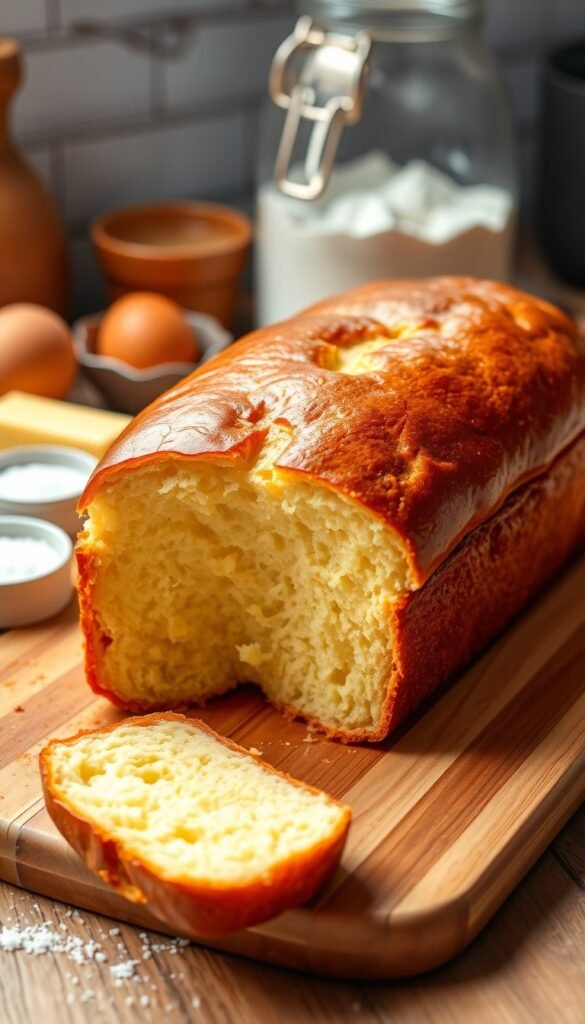
Before diving into the baking process, let’s gather all the ingredients. Using high-quality ingredients will elevate your brioche from good to extraordinary.
Dry Ingredients:
- 4 cups (500 g) all-purpose flour or bread flour
- ¼ cup (50 g) granulated sugar
- 2 tsp instant yeast
- 1 tsp salt
Wet Ingredients:
- 4 large eggs, at room temperature
- ½ cup (120 ml) whole milk, lukewarm
- 1 tsp vanilla extract (optional, for added flavor)
- 1 cup (225 g) unsalted butter, softened
For Brushing:
- 1 egg, beaten (for egg wash)
- Optional: sugar for sprinkling
Tip: Ensure eggs and butter are at room temperature. Cold butter will make it difficult for the dough to incorporate fully.
Step-by-Step Brioche Bread Recipe
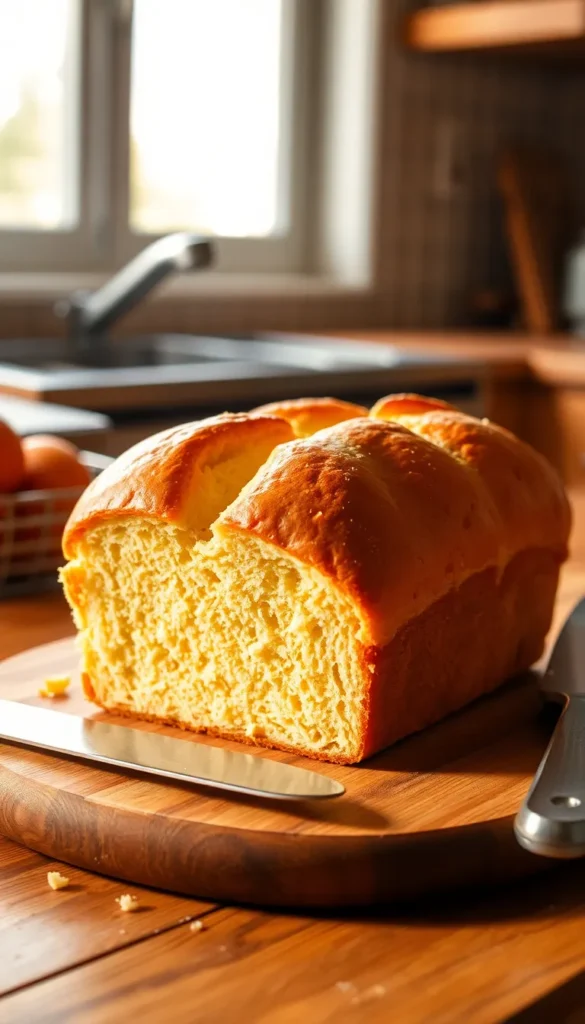
Step 1: Activate the Yeast
In a small bowl, combine the lukewarm milk with the sugar and yeast. Stir gently and let it sit for 5–10 minutes until it becomes foamy. This ensures your yeast is active and ready to make the dough rise beautifully.
Step 2: Mix the Dough
In a large mixing bowl, combine the flour and salt. Create a well in the center and add the eggs and the foamy yeast mixture. Mix until a sticky dough forms. You can use a stand mixer fitted with a dough hook or knead by hand.
Pro Tip: At this stage, the dough will be sticky—that’s normal. Avoid adding too much extra flour, as it can make your brioche dense.
Step 3: Knead in the Butter
Gradually add the softened butter, a few tablespoons at a time, kneading well after each addition. This step is crucial as it gives brioche its rich, tender texture. Knead until the dough is smooth, elastic, and slightly glossy. This may take 10–15 minutes by hand or 7–10 minutes in a stand mixer.
Step 4: First Rise
Place the dough in a lightly greased bowl, cover it with plastic wrap or a damp kitchen towel, and let it rise in a warm, draft-free area for 1–2 hours, or until it doubles in size.
Step 5: Shape the Dough
Once risen, punch down the dough gently to release excess air. Shape the brioche into your desired form:
- Loaf: Place in a greased loaf pan.
- Buns: Divide into 12 equal portions, roll into balls, and place in a baking dish.
- Braided loaf: Divide into three strands, braid, and place in a loaf pan.
Step 6: Second Rise
Cover the shaped dough and let it rise again for 45–60 minutes, until puffy. The second rise ensures a soft, airy texture.
Step 7: Preheat the Oven
Preheat your oven to 350°F (175°C). Brush the top of the dough gently with beaten egg for a shiny, golden crust. For an extra touch, sprinkle sugar on top before baking.
Step 8: Bake
Bake the brioche for 25–35 minutes (buns) or 35–45 minutes (loaf) until golden brown and cooked through. You can check doneness by tapping the bottom of the loaf—it should sound hollow.
Tip: If the top browns too quickly, cover loosely with aluminum foil.
Step 9: Cool
Allow the brioche to cool slightly on a wire rack. It’s best served warm, but you can store leftovers in an airtight container for up to 3 days or freeze for longer.
Tips for Perfect Brioche Every Time
- Use Bread Flour: Bread flour has more protein than all-purpose flour, giving the brioche better structure and elasticity.
- Don’t Rush the Butter: Adding butter slowly and kneading thoroughly is key to a soft, rich crumb.
- Warm Environment: Brioche loves warmth. If your kitchen is cold, try letting the dough rise in an oven with the light on or near a warm spot.
- Egg Wash for Shine: Brushing with beaten egg before baking gives that classic golden, glossy finish.
- Patience is Key: Brioche is a dough that rewards patience. Allow proper rising times for a light and airy texture.
Variations of Brioche Bread
Once you’ve mastered the classic brioche, try experimenting with these delicious variations:
1. Chocolate Chip Brioche
Add ½ cup of chocolate chips during the shaping stage for a sweet, indulgent treat perfect for breakfast or dessert.
2. Cinnamon Swirl Brioche
Roll out the dough, spread butter, sugar, and cinnamon, then roll and shape into a loaf. Bake for a fragrant, spiced variation.
3. Brioche Burger Buns
Shape the dough into small, round buns. Perfectly soft and slightly sweet, these buns elevate homemade burgers to gourmet status.
4. Brioche with Dried Fruit
Incorporate raisins, cranberries, or chopped dried apricots into the dough for a fruity twist.
Serving Suggestions
Brioche is wonderfully versatile. Here are some ideas to enjoy it:
- Breakfast: Toasted with butter and jam.
- French Toast: Brioche makes the most decadent French toast.
- Sandwiches: Use slices for gourmet sandwiches or sliders.
- Dessert: Serve with fresh fruit, chocolate spread, or a drizzle of honey.
Common Mistakes to Avoid
- Over-flouring the dough: Keeps brioche soft.
- Skipping the second rise: Results in dense bread.
- Using cold ingredients: Slows yeast activation and affects texture.
- Baking at too high temperature: Can burn the crust before the center cooks.
FAQs About Brioche Bread Recipe
Q: Can I make brioche without a stand mixer?
A: Absolutely! Kneading by hand works fine but requires more time and patience.
Q: Can I freeze brioche dough?
A: Yes, you can freeze before the second rise. Thaw overnight in the fridge before shaping and baking.
Q: How long does brioche stay fresh?
A: Store at room temperature in an airtight container for 2–3 days or freeze for up to 2 months.
Q: Can I make brioche with whole wheat flour?
A: You can, but it will be denser. Try mixing whole wheat with all-purpose or bread flour for a lighter result.
Final Thoughts
Making brioche bread at home may seem intimidating at first, but with this detailed brioche bread recipe, anyone can bake a soft, buttery, and irresistible loaf. From breakfast toast to decadent French toast, brioche elevates any meal. With patience, quality ingredients, and attention to detail, you can enjoy bakery-quality brioche straight from your oven.
So preheat your oven, knead the dough, and treat yourself to the fluffy, buttery goodness of homemade brioche—you deserve it!
